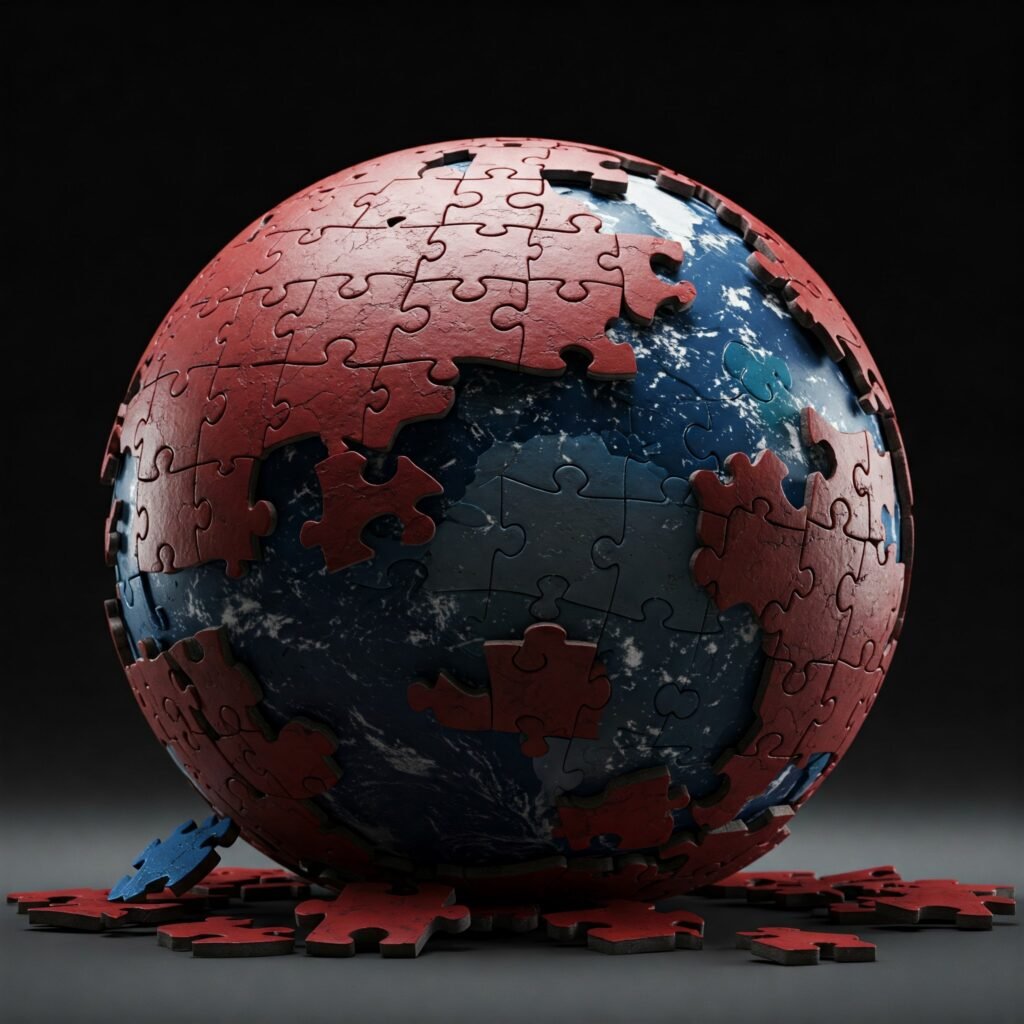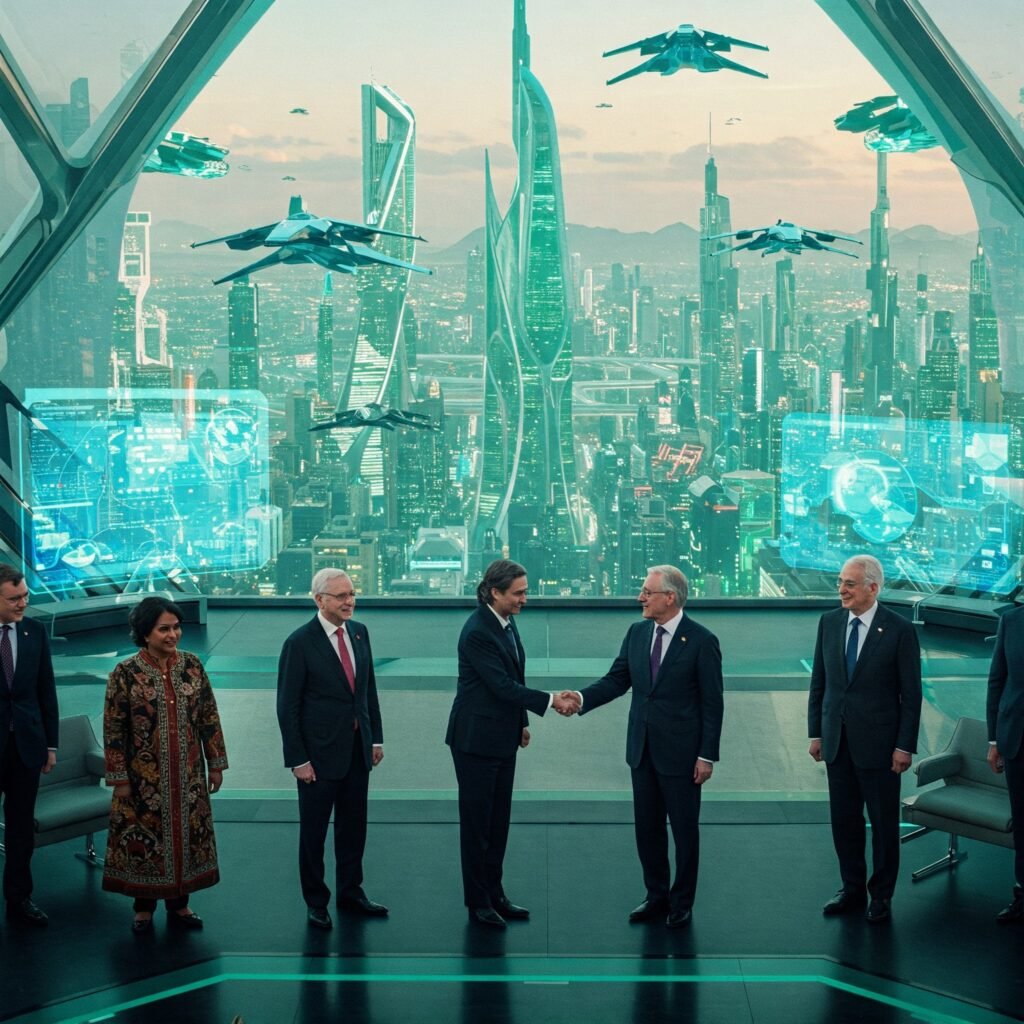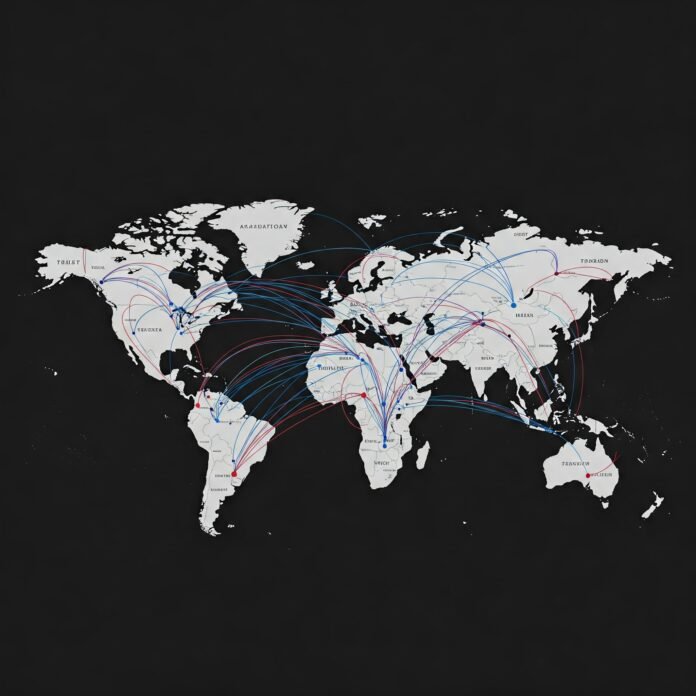The state of global diplomacy in 2025 is at a crossroads. As geopolitical tensions rise and alliances face unprecedented strain, questions about the stability of international relations dominate headlines. Are alliances cracking under the weight of economic pressures, ideological divides, and shifting power dynamics? This blog dives into the current landscape, offering insights into the challenges and opportunities shaping global cooperation.
Why the State of Global Diplomacy Matters in 2025
Global diplomacy is the backbone of international stability, fostering cooperation on issues like climate change, trade, and security. In 2025, the state of global diplomacy is under scrutiny as traditional alliances—like NATO, the EU, and ASEAN—face internal and external pressures. Understanding these dynamics is crucial for policymakers, businesses, and citizens alike.
- Economic Shifts: Rising trade disputes and sanctions strain economic alliances.
- Ideological Divides: Polarization between democratic and authoritarian regimes challenges cooperation.
- Emerging Powers: Countries like India and Brazil are reshaping global alliances.
Example: The U.S.-China rivalry has intensified, with both nations vying for influence in Africa and Southeast Asia, putting smaller nations in a diplomatic bind. According to a 2025 report by the Council on Foreign Relations, 60% of global leaders believe alliances are weaker than a decade ago.

Key Challenges Facing Global Diplomacy in 2025
The state of global diplomacy in 2025 is defined by several critical challenges that threaten alliance stability. Let’s break them down:
1. Geopolitical Tensions and Alliances Cracking
Rising tensions, such as those in the South China Sea or Eastern Europe, are testing the resilience of global alliances. For instance, NATO’s unity has been questioned as member states debate defense spending and strategic priorities.
- Case Study: Turkey’s growing ties with Russia have sparked concerns within NATO, highlighting cracks in alliance cohesion.
- Impact: Disunity weakens collective responses to global threats like cyberattacks or territorial disputes.
2. Economic Pressures on International Relations
Trade wars and supply chain disruptions are reshaping diplomatic priorities. The state of global diplomacy is increasingly tied to economic leverage, with countries weaponizing tariffs and sanctions.
- Example: The EU’s 2025 trade negotiations with China stalled due to human rights concerns, straining economic diplomacy.
- Takeaway: Economic interdependence can both unite and divide nations.

3. Climate Diplomacy and Global Cooperation
Climate change remains a unifying issue, but even here, alliances are cracking. Wealthier nations face pressure to fund climate initiatives in developing countries, creating diplomatic friction.
- Data Point: A UN report estimates that only 40% of pledged climate funds have been delivered, eroding trust.
- Opportunity: Joint climate projects, like the Global Methane Pledge, could strengthen alliances.
Opportunities for Strengthening Global Alliances
Despite challenges, the state of global diplomacy in 2025 offers opportunities for renewal. Here’s how nations can rebuild trust and cooperation:
- Invest in Multilateral Forums: Platforms like the G20 can foster dialogue and bridge divides.
- Focus on Shared Goals: Issues like AI governance and pandemic preparedness unite nations.
- Engage Emerging Powers: Including voices from Africa and Latin America ensures inclusivity.
Example: The 2025 ASEAN Summit emphasized digital cooperation, with member states agreeing on a regional cybersecurity framework—a model for alliance-building.

Actionable Takeaways for Navigating the State of Global Diplomacy
To stay informed and engaged with the state of global diplomacy in 2025, consider these steps:
- Stay Updated: Follow reputable sources like Foreign Affairs for in-depth analysis.
- Support Inclusive Policies: Advocate for diplomacy that prioritizes marginalized nations.
- Engage Locally: Participate in community discussions on global issues like climate or trade.
Conclusion: Are Alliances Cracking or Evolving?
The state of global diplomacy in 2025 reflects a world in transition. While alliances are cracking under pressure, they’re also evolving to meet new realities. By addressing challenges like geopolitical tensions and economic divides, and seizing opportunities like climate cooperation, nations can forge a more resilient future. The question isn’t just whether alliances are cracking—it’s how they’ll adapt to shape the next era of international relations.

